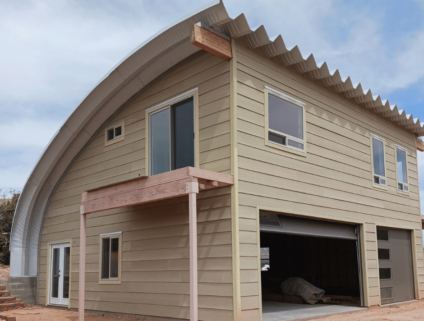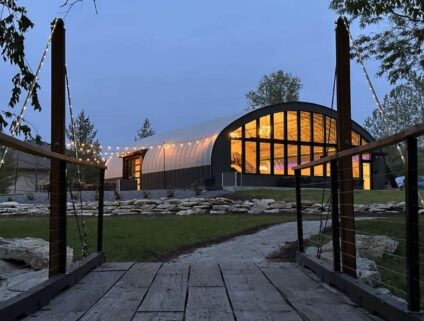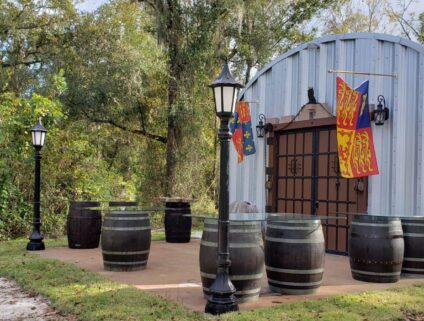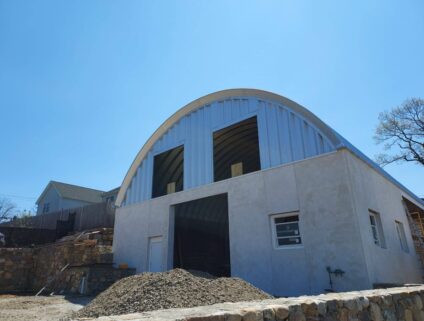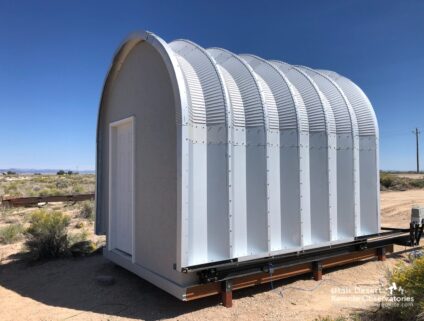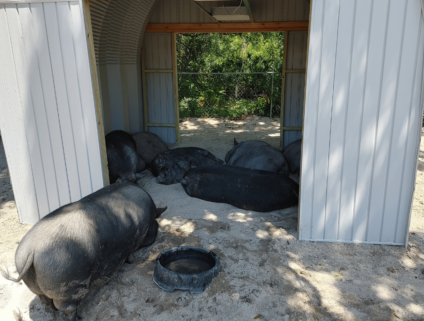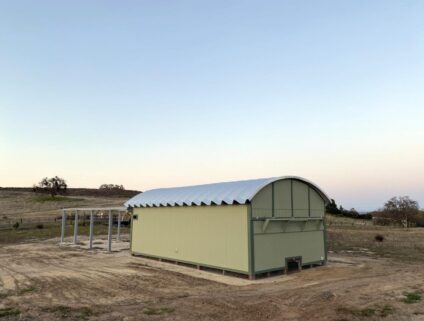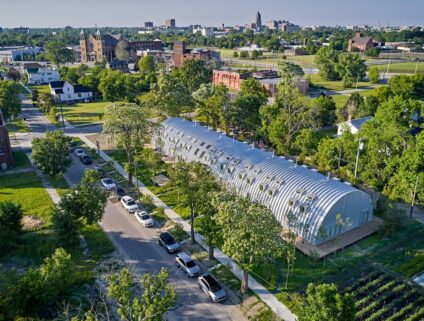Urbavore’s Dilemma: Extreme Chicken Coop Makeover, SteelMaster Edition
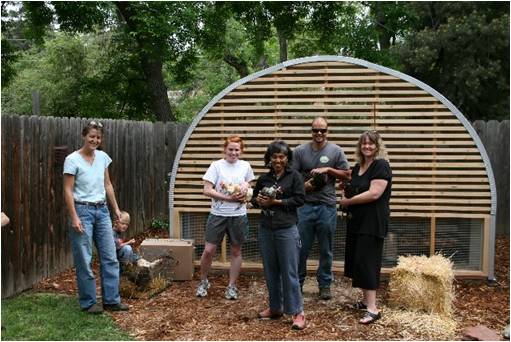
Very cool! Check out the article written about the Urban SteelMaster Chicken Coops that was featured in a web series called Urbavore’s Dilemma.
It’s high time for a chicken-coop makeover. After all, one of the main stumbling blocks for incorporating chicken coops into urban landscape is that they usually don’t match the backyard décor.
The rusty nails and splintery plywood frames, the dirty wire mesh walls and soiled dirt floor — none of it goes well with the teak loungers from Pottery Barn and copper birdbath from Smith & Hawken. Thanks to a little Boulder operation called Urban Hens, that has now changed.
Urban Hens, a volunteer-based community project that’s partnered with the Children, Youth and Environments Center for Research and Design (CYE) at the University of Colorado at Denver, has been building and donating hen houses to Boulder and Denver schools and community organizations with the aim of teaching children about environmental awareness and sustainable food systems. But these aren’t the shabby hen houses of old. The ten-hen structures are a modern mix of metal and wood. A shiny, corrugated metal roof arches overhead, while attractive wooden slats keep the roomy interior shaded and ventilated.
The coops, which would fit right in among a trendy patio setting, look like they were designed by a professional architect — which turns out is exactly the case.
“I think really one of our hurdles was this mental model people have for hen houses that they weren’t attractive and don’t fit into the urban setting,” says Wynn Martens, co-founder of Urban Hens, who decided to use chickens for teaching and community building after learning about climate-change and industrial-food problems at her job at the University of Colorado at Boulder’s Division of Continuing Education & Professional Studies. “People assume they are messy and smelly and we really wanted to get over that speed bump.” So Martens and her colleagues at CYE turned to Rob Pyatt, a CU-Boulder architecture instructor, who agreed to teach a community-outreach class last semester in which five architecture students would design and build coops for small urban backyards.
They quickly found there was no blueprint for what they were trying to do. “This is a new prototype model for backyards,” says Pyatt. “Most chicken coops are either poorly designed for that purpose, or they are more of a farm model.” So they came up with their own model, based loosely on the design of Quonset HutsTM, prefabricated, bunker-like structures CU-Boulder and other area institutions used for student housing after World War II when building materials were scarce.
Not only did that give the coop design historical context, but the arched structure was relatively cheap, light and easy to build. They incorporated tall roofs so people could easily stand inside, slatted walls for ventilation and sand floors for easy cleaning.
To make sure it didn’t tip over in the wind or get attacked by predators or dogs, the fully enclosed structures were bolted to concrete slabs. “It was all about making raising chickens as easy as possible, says Martens: “Urban hens wanted to set people up to succeed with urban hens.”
So far, it’s worked. Urban Hens has already installed its first two coops, one at Shawnee Gardens assisted-living center in Boulder and one at as North Boulder cooperative residential community. They have grant funding for three more coops, one of which is planned to be built at Park Hill Elementary School in Denver, but they’re looking for more funding since they already have a list of fifteen-plus others organizations who want to sign on.
Eventually, says Martens, Urban Hens hopes to design and sell chicken-coop kits around Boulder based on Pyatt and his students’ design, with proceeds allowing them to donate built coops to low-income neighborhoods and community organizations. That way, lots of people can reap the benefits of urban hens — while looking downright snazzy in the process.
Urbavore’s Dilemma is an ongoing web series detailing city dwellers’ commitment to urban homesteading. Check out the full series here.
Categories
Tags

